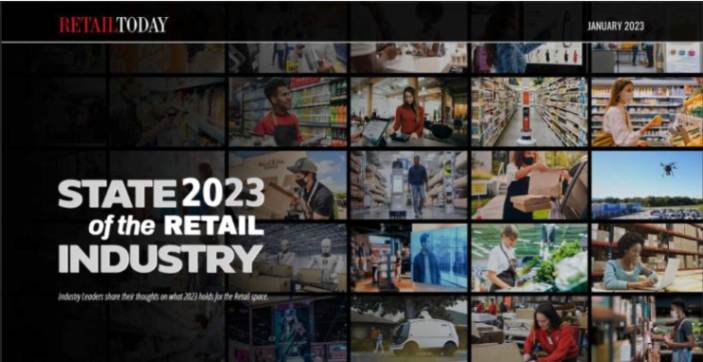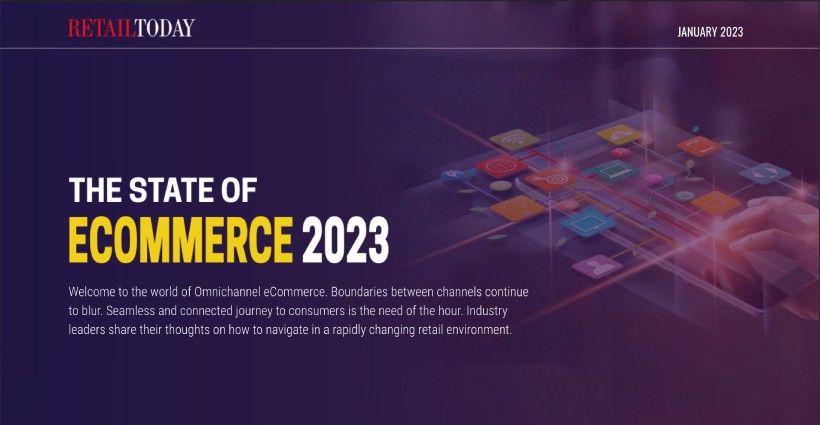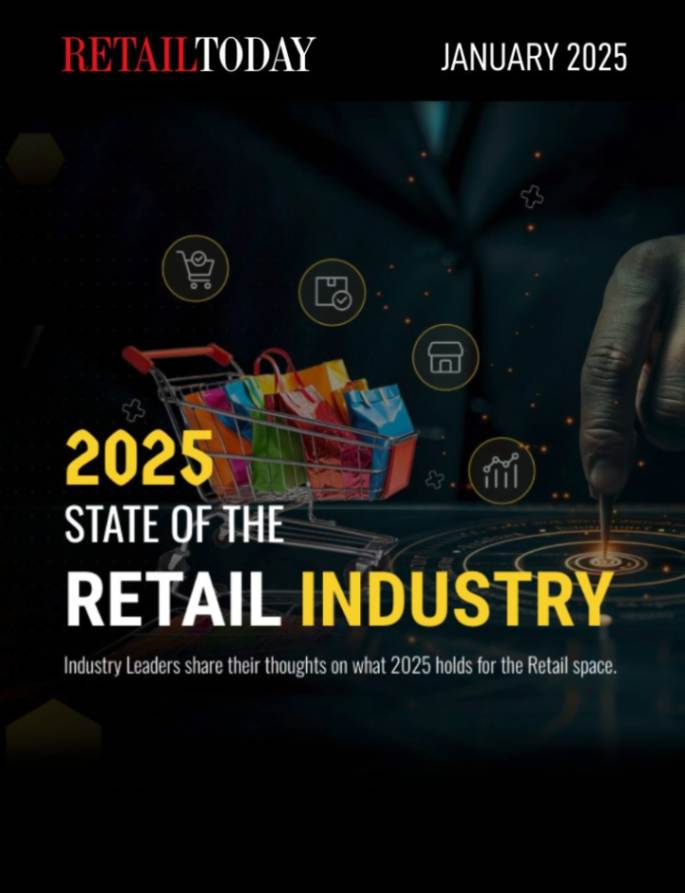
As the holiday shopping frenzy approaches, both retailers and brands are gearing up for a season of opportunity. While traditional gift-oriented brands naturally shine during this period, non-endemic brands – those that don’t typically sell products through retailers – have a unique chance to make an impact with retail media and retailers have the potential to diversify their ad revenue. Here’s why a symbiotic relationship between retailers and non-endemic brands can provide a strategic advantage this holiday season.
1: Tap Into Shoppers’ Expansive Mindset
During the holidays, consumers are in a spending mode that extends beyond their usual purchasing habits. This presents an ideal opportunity for non-endemic brands to get in front of potential customers, while also benefiting the retailers they partner with. Take inspiration from this recent promotion: Southwest Airlines recently partnered with Amazon during Prime Day, offering 30% off bookings to Prime members on Amazon’s Prime Day travel deals homepage. This unexpected offering allowed Southwest to piggyback on a widely known shopping event without having to promote its own, reaching consumers already in a shopping mindset. For Amazon, this partnership likely increased overall Prime Day sales as customers booking flights might have been prompted to purchase travel-related items, effectively increasing their cart sizes. This collaboration provides Amazon with valuable data to create a compelling case study for future Prime Day events. Amazon could now approach other airlines with solid sales data, potentially offering an exclusive co-branded sponsorship opportunity and demonstrating how such partnerships can significantly boost both an airline’s bookings and Amazon’s bottom line. This mutually beneficial arrangement highlights the power of strategic non-endemic partnerships in driving sales and creating new revenue streams for both parties.
2: Leverage Retailers’ Loyal Customer Base
Retailers have cultivated strong relationships with their most loyal customers through reward programs and memberships. Non-endemic brands can tap into these established audiences by partnering with retailers. This association can alter how consumers view a non-endemic brand, making it appear as if it’s an extension of the retailer’s trusted services. This is a win-win, a mutually beneficial partnership. The retailer expands its perceived offerings, while the non-endemic brand gains access to a highly engaged audience. The potential pairings are endless and only limited by marketers’ imaginations. For instance, REI could offer exclusive travel packages or gear collections inspired by National Geographic, or Target could create home decor collections inspired by popular Airbnb destinations, which could appeal to home decorators and travel enthusiasts.
3: Benefit from Advanced Audience Targeting
Retail media networks provide a powerful platform for brands to leverage first-party data for targeted advertising. For example, Amazon’s Performance+ campaigns embody this concept by merging brands’ proprietary data with Amazon’s extensive dataset. This synergy allows non-endemic brands to conduct highly targeted campaigns, even if their products are not directly available on Amazon’s platform. What sets Performance+ apart is its unique approach, how it’s the reverse of RMNs, where brands share data from offline purchases, enriching Amazon’s dataset in a way that traditional e-commerce giants lack. This integration connects off-Amazon activities with the on-Amazon ecosystem, demonstrating the potent fusion of buyer and seller-side data for mutual advantage.
4: Explore New Ad Inventory Opportunities
Retailers are expanding their advertising real estate, both digitally and physically. Walmart has introduced video ads in stores for non-endemic categories like automotive, quick-service restaurants and insurance. Amazon Fresh and Whole Foods also offer various in-store ad placements, from kiosks to hanging screens. These opportunities allow non-endemic brands to reach consumers in contextually relevant environments, reinforcing their message at multiple touchpoints throughout the shopper journey.
5: Capitalize on the Growth of Off-Site Advertising
Off-site ad spend in retail media is forecast to grow at a faster rate than on-site advertising through 2028. By 2025, it’s expected to represent more than 20% of total retail media ad spend. This expansion provides non-endemic brands with increased opportunities to reach relevant audiences beyond the confines of retailer websites, allowing for more creative and diverse campaign strategies. While the opportunities are exciting, non-endemic brands should approach retail media strategically:
- Be intentional with data: Simply targeting broad categories (like toothbrush buyers) won’t cut it. Look for unique insights that align your brand with relevant shopper behaviors or interests.
- Understand measurement challenges: Establish relevant KPIs for measuring success without direct on-platform conversions. Retailers benefit from easier onboarding of non-endemics due to reduced pressure for joint business planning or specific sales metrics, fostering a more flexible and innovative environment for brand experimentation within the network.
- Embrace cross-category promotions: Engage customers with targeted special promotions. For instance, to take my prior example a step further, a non-endemic brand such as an NFL team could boost ticket sales by advertising on Amazon Fresh or Whole Foods stores’ screens, leveraging the association with popular platforms like Amazon Prime video and Thursday Night Football to reach a receptive audience. These retailers benefit from increased engagement, and non-endemic brands benefit from enhanced visibility and conversions through strategic retailer partnerships.
Non-endemic brands bolster retailers with diverse ad revenue streams, and beyond seasonal peaks, RMNs offer non-endemic marketers a secure haven for collaboration, experimentation, and revenue growth, safeguarded from fraud and whatever the future may hold for third-party cookies. All these benefits and factors propel our industry toward a dynamic future where collaboration thrives, opportunities and benefits abound, and growth is sustained not just over the holidays – but year-round.






